
Q. I am one of your younger readers, with a 10-gallon aquarium in which I keep fancy goldfish. I have a few questions. First, I am thinking about mixing my fancy goldfish with two small koi. Is this okay? Second, recently I thoroughly cleaned the aquarium. At first the water was sparkling clear. Now it seems to be getting cloudy. I added some clear water solution, but it has not helped. Is there anything I can do? Third, I have live plants in my aquarium. I was wondering what plants — besides Anacharis — work best with goldfish. Lastly, my black moor always seems to be at the surface of the aquarium. I have checked the water quality and it is fine. I have read there is something called swim bladder disease that makes goldfish either sink or float. Could this be the problem?
A. I would not recommend combining your fancy goldfish with koi. There are several good reasons to avoid this mix. First your 10-gallon aquarium is already loaded to capacity with the goldfish you have. If you add more fish of any kind you will be asking for trouble.
Another, and perhaps more important, reason is that koi — even small koi — are fast, agile and voracious eaters. Fancy goldfish tend to be slow, clunky swimmers and poor competitors for food. So, if you mix the two types in your aquarium it is quite likely that the koi will grow very fast and the goldfish will suffer from lack of food.
When koi and goldfish are mixed in a pond this problem is less significant because the fancy goldfish can graze leisurely on pond algae and insects while the koi hog all the commercial food. Nonetheless, it is not a good idea to mix them because when they come of breeding age the far stronger koi can seriously injure the delicate fancy goldfish.
Your aquarium water has clouded up because in stripping down and cleaning your aquarium you have upset its biological balance. In particular, you have washed away the precious bacterial residents of the gravel bed. Among other things, these bacteria are responsible for detoxifying ammonia in the water. In essence you are back where you began when you first set up the new aquarium — and you are watching "new tank syndrome" again. The cloudiness is a bloom of heterotrophic bacteria.
Things should settle down within two months — probably less — as the bacteria take up residence in the gravel bed. Products that are supposed to clear up cloudy water will not have any effect. And, the worst thing you can do at this point is to clean the aquarium again.
Many hobbyists mistake a "clean" aquarium for a "healthy" aquarium. I think it is a bad practice to break down an aquarium for cleaning. Water changes accompanied by gentle gravel cleaning with a hydro-vacuum should be more than sufficient to keep the aquarium operating indefinitely, assuming you have good mechanical filtration.
Now to your question about the moor. If its hanging about the surface is a recent occurrence, then the behavior may be related to your having broken down the aquarium. Ammonia or, more likely, nitrite levels may be too high because the bacteria responsible for detoxifying these chemicals are still colonizing the aquarium. If this is the case, the problem should have resolved itself by now.
The moor may also be in search of higher oxygen levels. A 10-gallon aquarium is awfully small for a goldfish. You should consider adding an air stone to aerate the water if you don't already have one.
If none of the above apply, then the problem may indeed be swim bladder-related. I will discuss this problem in another column.
Lastly, goldfish are, for the most part, vegetarians. So they love aquatic plants. Anacharis seems to do well in goldfish aquariums because it is tough for hungry goldfish to get a good grip on the leaves, while Cabomba, Elodea and horn-wort have nice, small leaves that are easily plucked by goldfish. The bottom line is that any aquatic plant will go well with your goldfish, but if you are not thinking in terms of goldfish food, you would do well to stick with large-leaved aquatic plants.
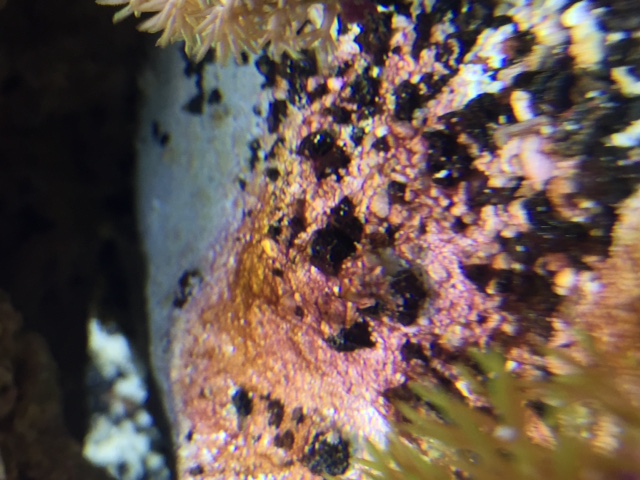 Red Algae in Marine Aquarium
Q. Ive been keeping saltwater fish for about five years, and
Red Algae in Marine Aquarium
Q. Ive been keeping saltwater fish for about five years, and
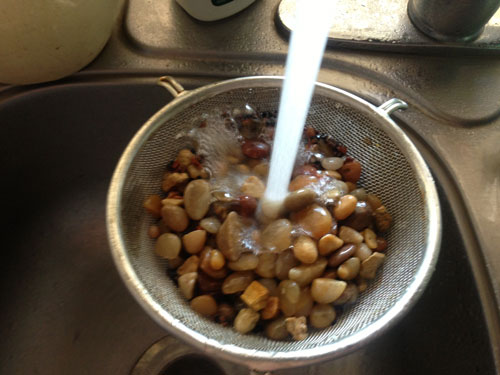 How to Get Rid of Cloudy Aquarium Water
Occasional cloudy water is an issue for nearly all aquarists
How to Get Rid of Cloudy Aquarium Water
Occasional cloudy water is an issue for nearly all aquarists
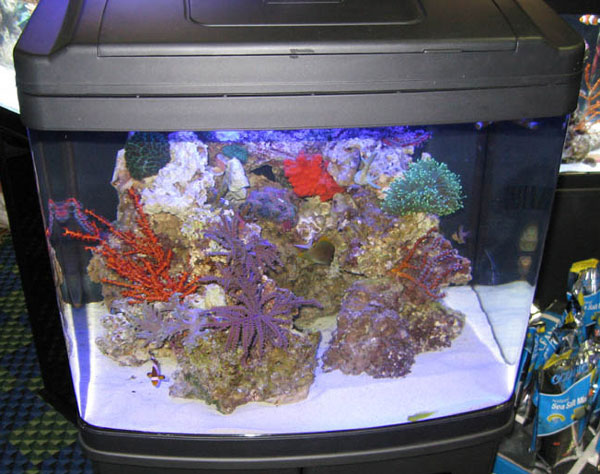 Marine Nano Tank Problems
Marine Nano Tank Problems
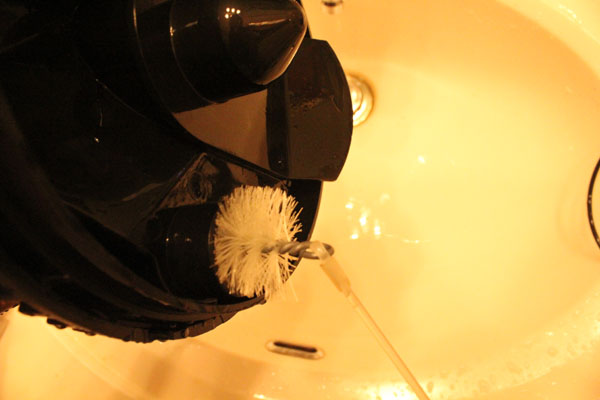 How to Maintain Your Aquarium Filter
Aquarium filtration saw monumental advances in technology du
How to Maintain Your Aquarium Filter
Aquarium filtration saw monumental advances in technology du
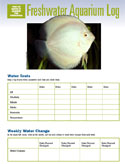 Aquarium maintenance logs for freshwater, saltwater and reefkeeping aquarists
Thank you for signing up for the FishChannel newsletter, the
Aquarium maintenance logs for freshwater, saltwater and reefkeeping aquarists
Thank you for signing up for the FishChannel newsletter, the
Copyright © 2005-2016 Pet Information All Rights Reserved
Contact us: www162date@outlook.com